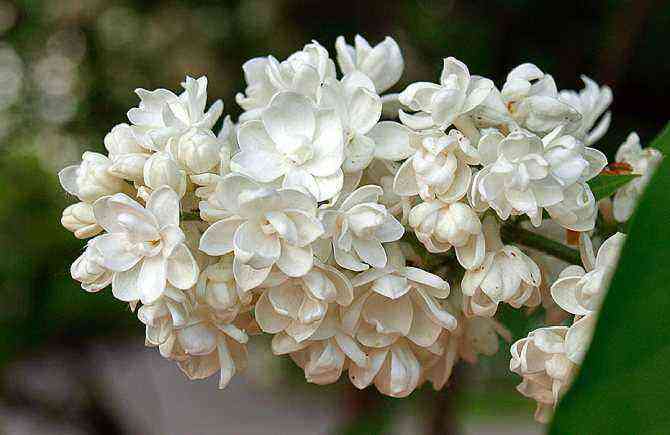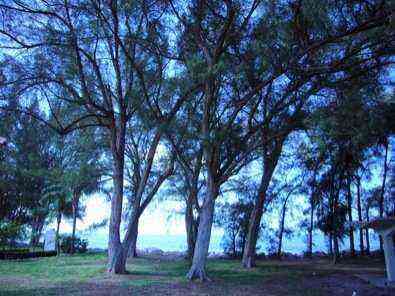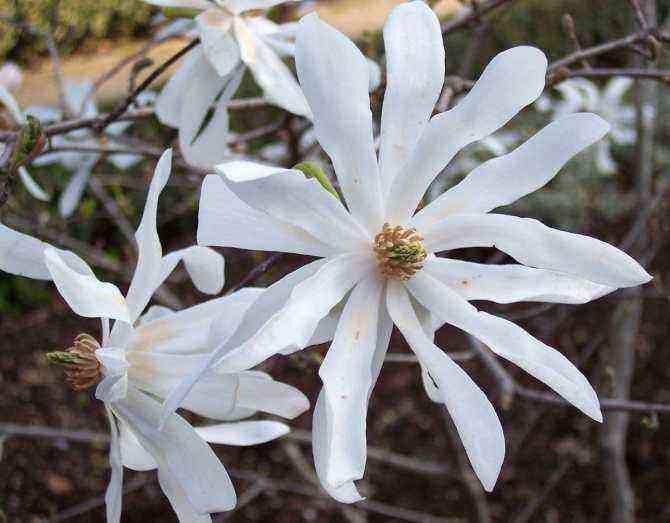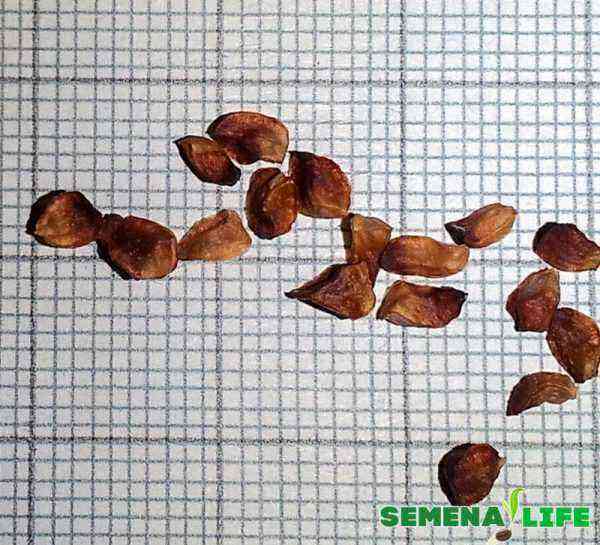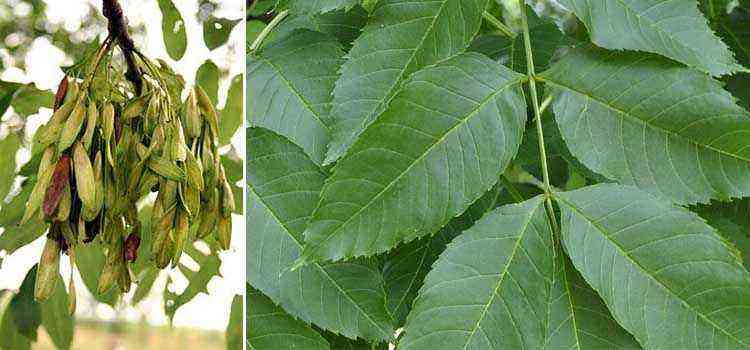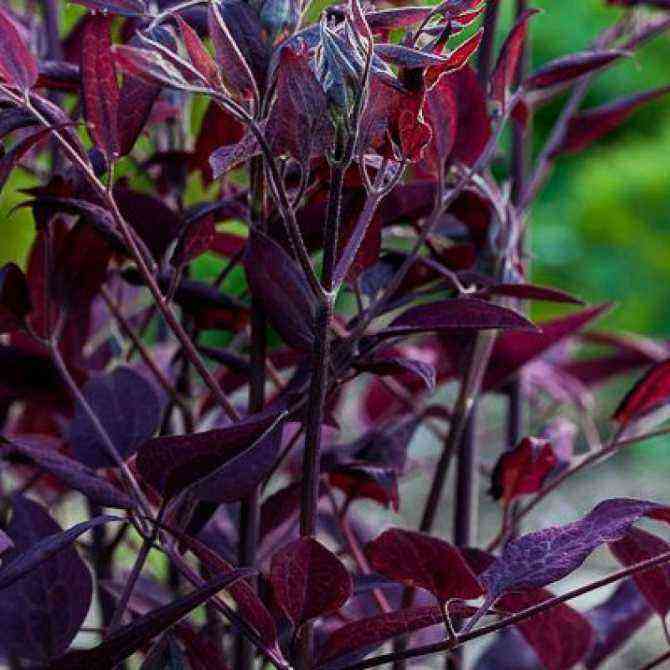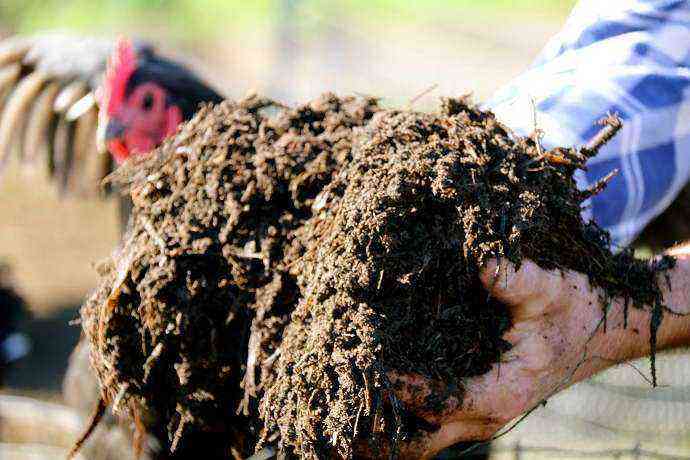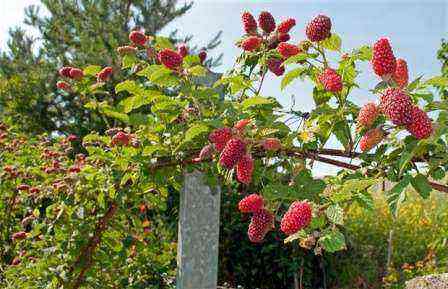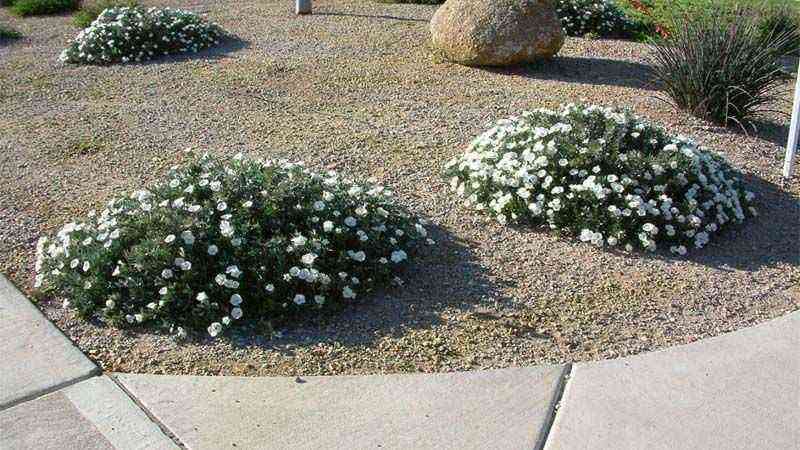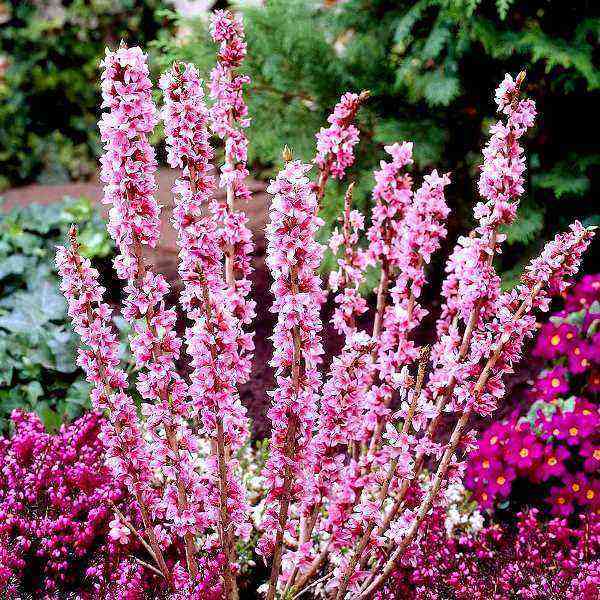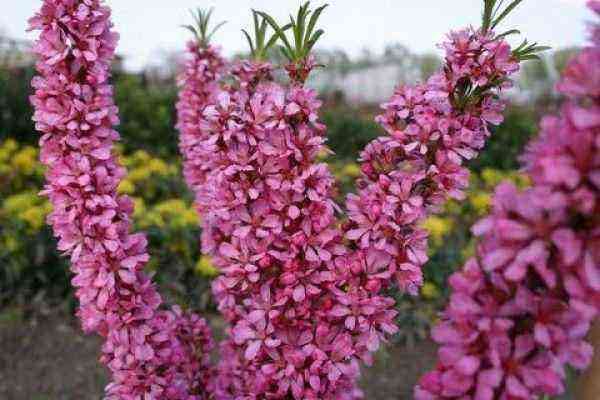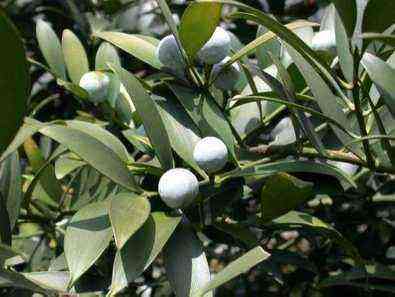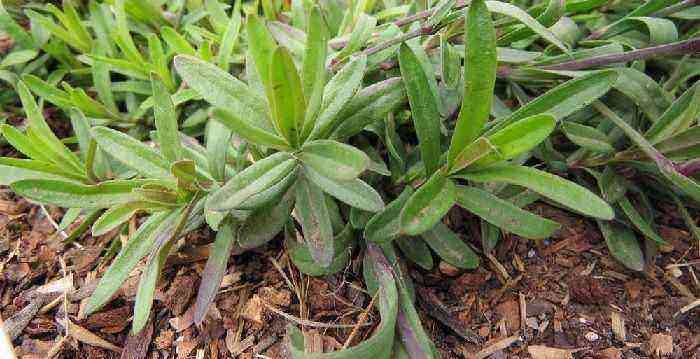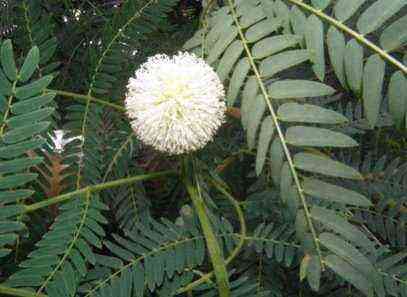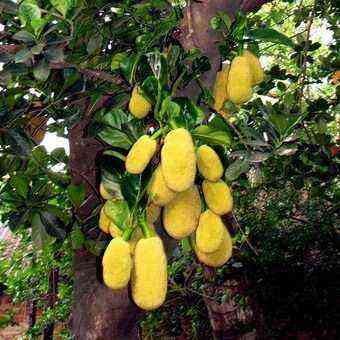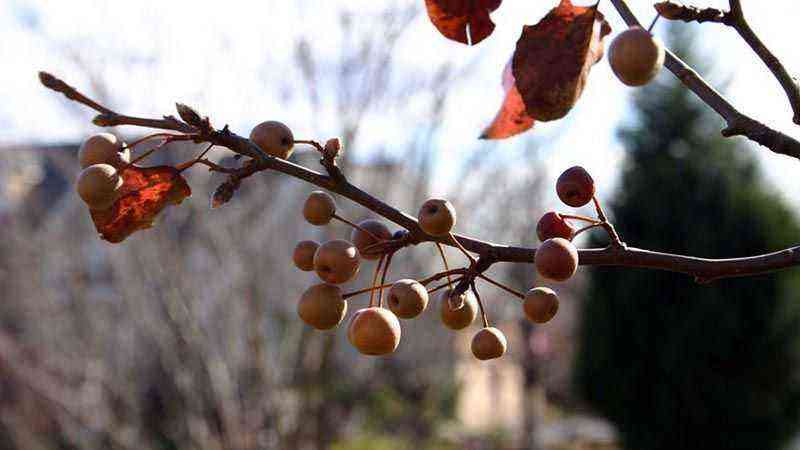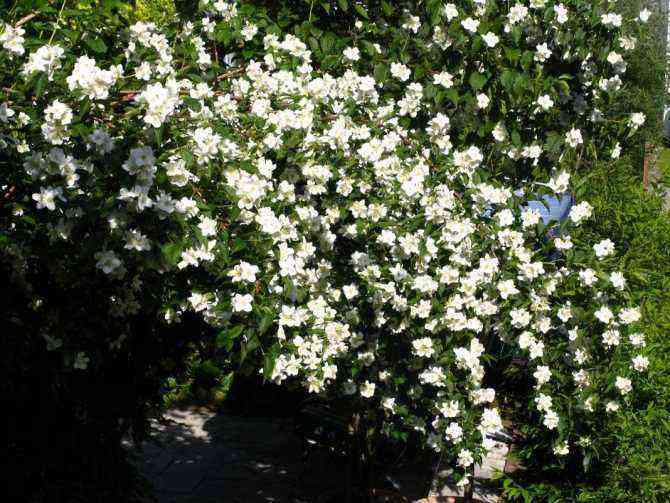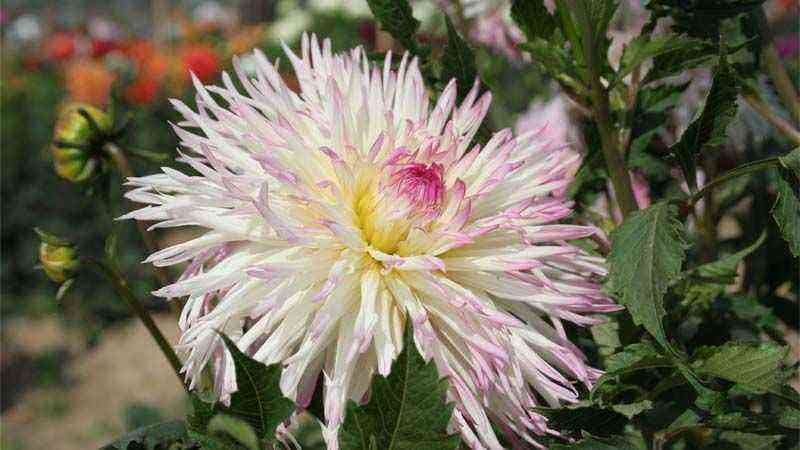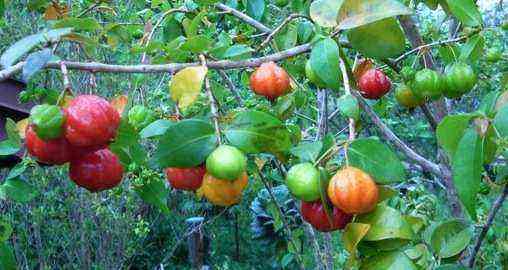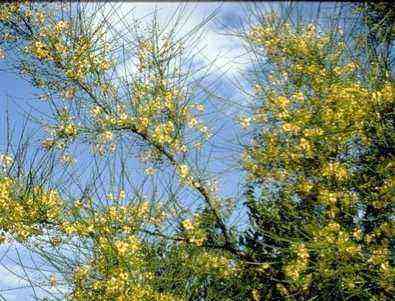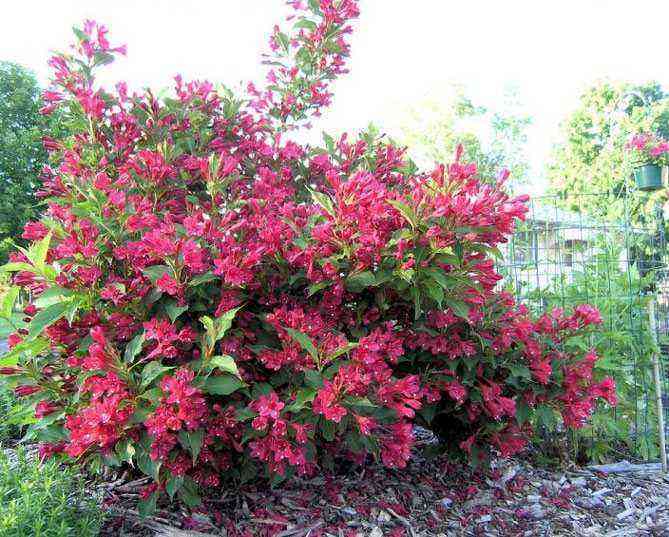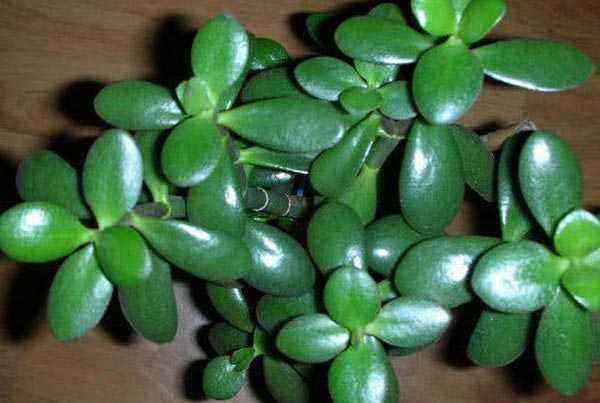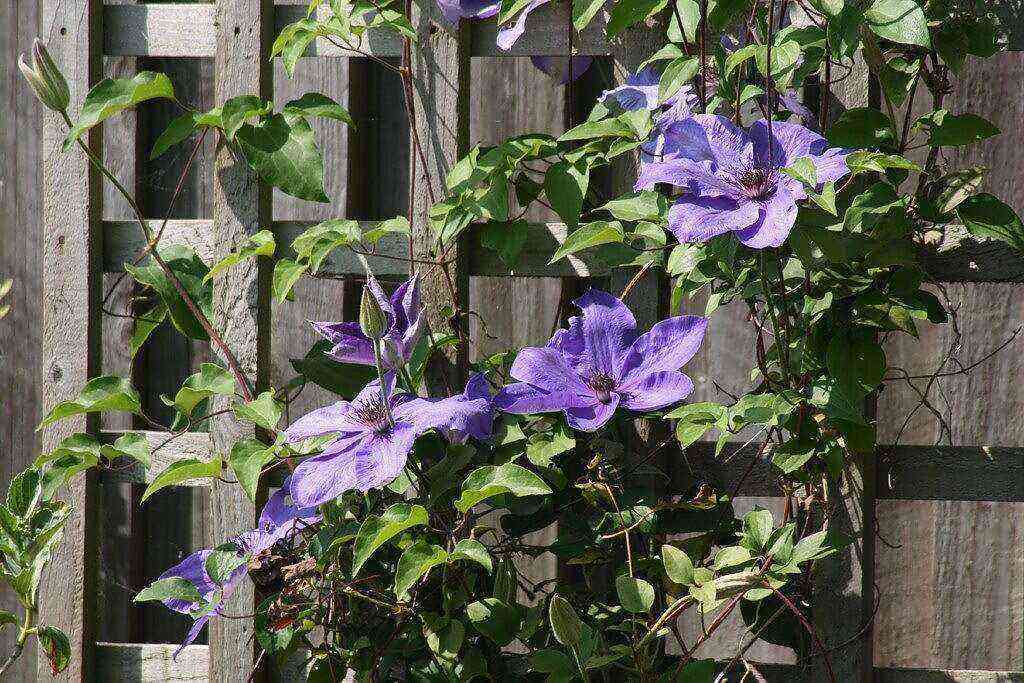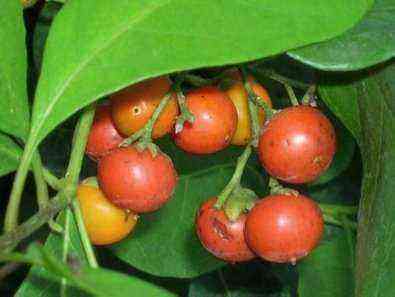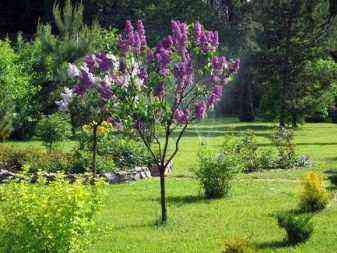populus It is a tree of the family of the Salicaceae which spans the cool and warm regions of Europe and Asia. In Spain it grows mainly in the northern half and at altitudes between 900 and 2000 meters, so we can also find it in isolation in the mountains of Almería and Granada.
It is a medium-sized, deciduous tree that can reach up to 25 meters in height. Of all the poplar species that exist, the The vibration, It is the most widespread throughout the planet, since due to its rusticity it is able to tolerate long, cold winters and short summers.
Its best known common name is aspen and owes this name, like the «tremula » from its scientific name, to the movement and sound that its leaves make when the slightest breeze blows. This is due to the fact that their petioles are quite long and flat, which gives the impression that the leaves are trembling.
The scientific name Populus is the one that is given to poplars and poplars in general and translated from Latin it would be “the people”, so it follows that these are considered “the tree of the people.”
Main features of populus or aspen
The aspen grows naturally in deciduous forests, on riverbanks and river valleys where the soil is cool and very humid.
Trunk shape
populus It is a large tree of erect and elongated carriage, with a trunk up to a meter in diameter and covered by a greenish-gray bark. Said surface is smooth in the young specimens and as it matures it fills with horizontal fissures from the base.
Leaf appearance
The leaves are simple and arranged alternately, more abundant towards the end of the branches. Almost rounded and sometimes triangular in shape, they are usually wider than long and with irregular and blunt jagged margins.
These are smooth and bright green, lighter on the underside. In autumn they go from yellowish green to purple, ocher, yellow and various shades of red, which in large avenues becomes a show of color.
Flowers and fruits
populus it’s dioecious, so there is male and female specimens. It blooms in early spring and before the leaves sprout. Its flowers grow in catkins, which are spike or raceme-shaped inflorescences, tight, hanging and very hairy.
The fruits are small capsules that ripen in early summer and they open releasing numerous seeds that are scattered by the wind.
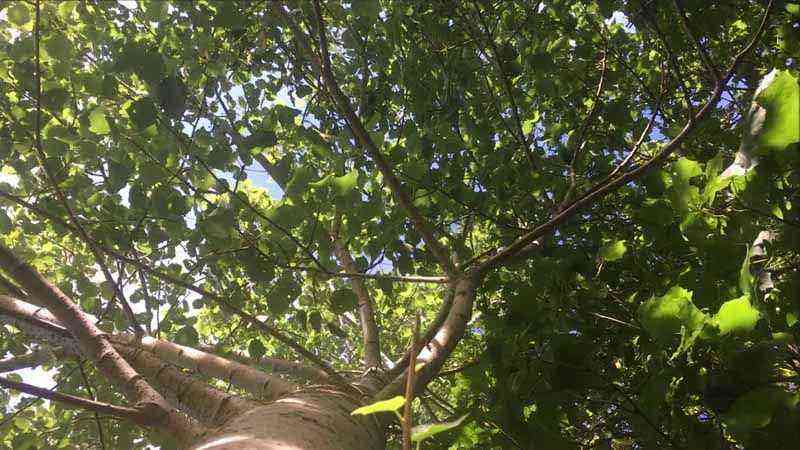

Uses of populus
It is a tree that has been highly appreciated since ancient times, both for its wood and for its benefits and properties.
Reforestation
Because of its rusticity and the speed it has to colonize areas that have suffered fires, aspen is widely used in reforestation. It has the ability to reproduce vegetatively, that is, suckers are born from its long lateral roots that are clones genetically identical to the mother plant, propagating and growing very rapidly.
Ornamental uses
For his spectacular autumn colors It is very attractive to grow it in gardens, but you have to take into account its rusticity and how quickly it spreads. If you do not want your garden to quickly turn into a forest, you will have to cut all the shoots that grow from its roots.
It is convenient to locate it in a place where it has space to develop and away from other trees, pipes and buildings that may be invaded by its long roots.
The most advisable type of soil is the one that maintains a cool and humid temperature during most of the year, so the watering should be frequent, especially in the hottest months, since can’t stand drought.
The general location is to grow it in full sun or semi-shade conditions.
Medicinal properties of populus
Both the bark and buds of the aspen have various medicinal properties that are used by traditional medicine in the preparation of remedies to alleviate the symptoms of various conditions.
- It is a natural antipyretic.
- Calms the pain caused by osteoarthritis and rheumatic diseases.
- Relieves headaches and muscle aches.
- Due to its bitter taste it is used as a digestive tonic.
- Prevents scurvy.
- It is a revitalizing and stimulating tonic during convalescence.
- Prevents bladder and kidney infections
- It is a diuretic.
- It deflates hemorrhoids.
- In flower remedies (Bach flowers) it is used to combat anxiety and irrational fears.
- In veterinary medicine it is used as a vermifuge (eliminates intestinal parasites) for horses.
Uses as food
In times of famine, they ground the inner bark of the tree to make a kind of flour that they used to make bread.
In some areas of Spain, they cut their branches with leaves during the summer and let them dry in the haystacks, thus obtaining fodder that serves as food for livestock during the winter.
Other uses
Aspen wood is white or greyish white, homogeneous and highly elastic. Freshly cut it is quite heavy due to its high water content, then it becomes very light and when cut it hardly splinters.
These qualities make it a very resistant and easy to handle wood So it is used in the manufacture of objects such as packaging and boxes to transport food, furniture, matches and toothpicks.
From it, panels are also obtained to paint in oil and a pulp to make paper very high quality.
Traditionally it is very appreciated in basketry for the manufacture of baskets and baskets. In the manufacture of everyday objects such as handles and sieves to thresh cereal and due to its high resistance to shocks and rattling, in mountainous areas it was used for the manufacture of carts.
Formerly it was used in popular architecture and manufacture of roof beams since very long shafts were obtained from this tree, supporting very well being nailed and screwed on them.
In the Aragonese Pyrenees to populus It is known by the nickname of “stairway” because in Colungo, a small town in the Somontano region, they were generally dedicated to making wooden stairs.
Other large ornamental trees:
